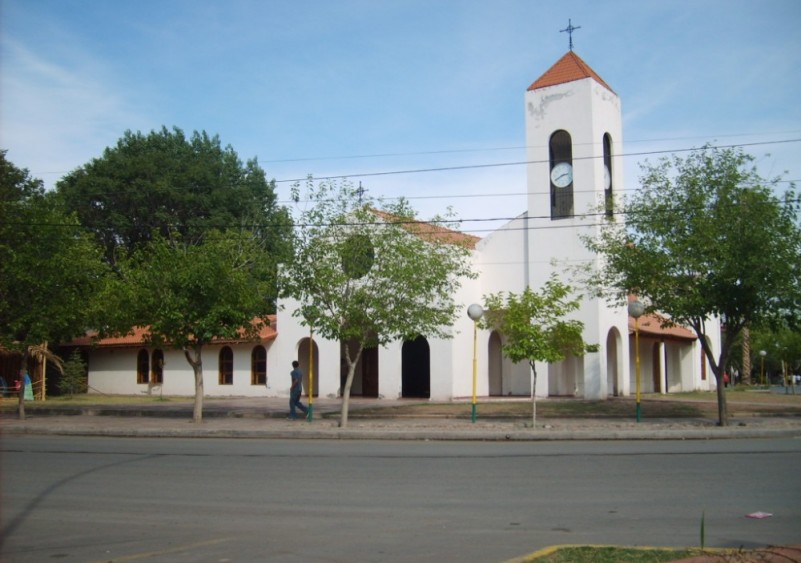At time the Spaniards arrived of to Mendoza, the zone of the current Department of Lavalle, was denominated Huanacache, and it was characterized by the existence of big lakes of same name. It was inhabited by the Huarpes Indians who used to live on the hunting, fishing and vegetable harvesting.
For the hunting bows and arrows and “boleadoras” were used, being their favourite preys the guanacos, the ñandú, the hare, armadillos and ducks. In the case of the Huarpes of the lake region, the consumption of fish and aquatic birds was more common.
As for the vegetal foods, they used to consume seeds of chañar, buds of aquatic grass, roots of rushes, corn, pumpkins and the fruit of the carob trees, and that is the reason why they also received the name of Algarroberos Huarpes Indians.
Their physical appearance was characterized by their high stature, thin body, little robust and of dark skin, in addition to having a great agility and resistance. They used to wear skirts up to the knees and the torso would stay naked. At the time of cold they used to wear a skin or wool mantle. For their celebrations, they used to wear ñandú feathers as ornaments. Their hair was used by the men down to the neck and by the women very long.
As far as the social organization, they used to live in small groups under the political dominion of the cacique. They would occupy a certain geographic space in where they used to develop their socioeconomic activities. The different indigenous groups were united by footpaths that ensured the communication among them. The transport was made on foot, except in the lake region where rafts constructed with “totora” (a kind of grass) were used.
These people were skilled producers of different kinds of baskets with diverse shapes and decoration. In addition, they used to work with the wood, stone, skins, the ceramics and wove.
The first Spanish conquerors settled down on the land located near the margin of the Tulumaya stream.
There should be emphasized the work carried out by the Church in its eagerness of evangelize the Huarpes indigenous groups that were located in what today is the department of Lavalle.
The Doctrine of the Lagunas de Huanacache was established in the year 1610 being the priest Domingo Benitez responsible for it. There was where a chapel was constructed, constituting the first important population establishment. On the January 18 of 1859, the governor of the province Juan Cornelio Moyano, through a decree created the department of Tulumaya.
In year the 1889, it was decided that the name of the department was going to be changed to Lavalle in honour to the General Juan Galo Lavalle (1797 – 1840) who participated in the war of the Independence.






